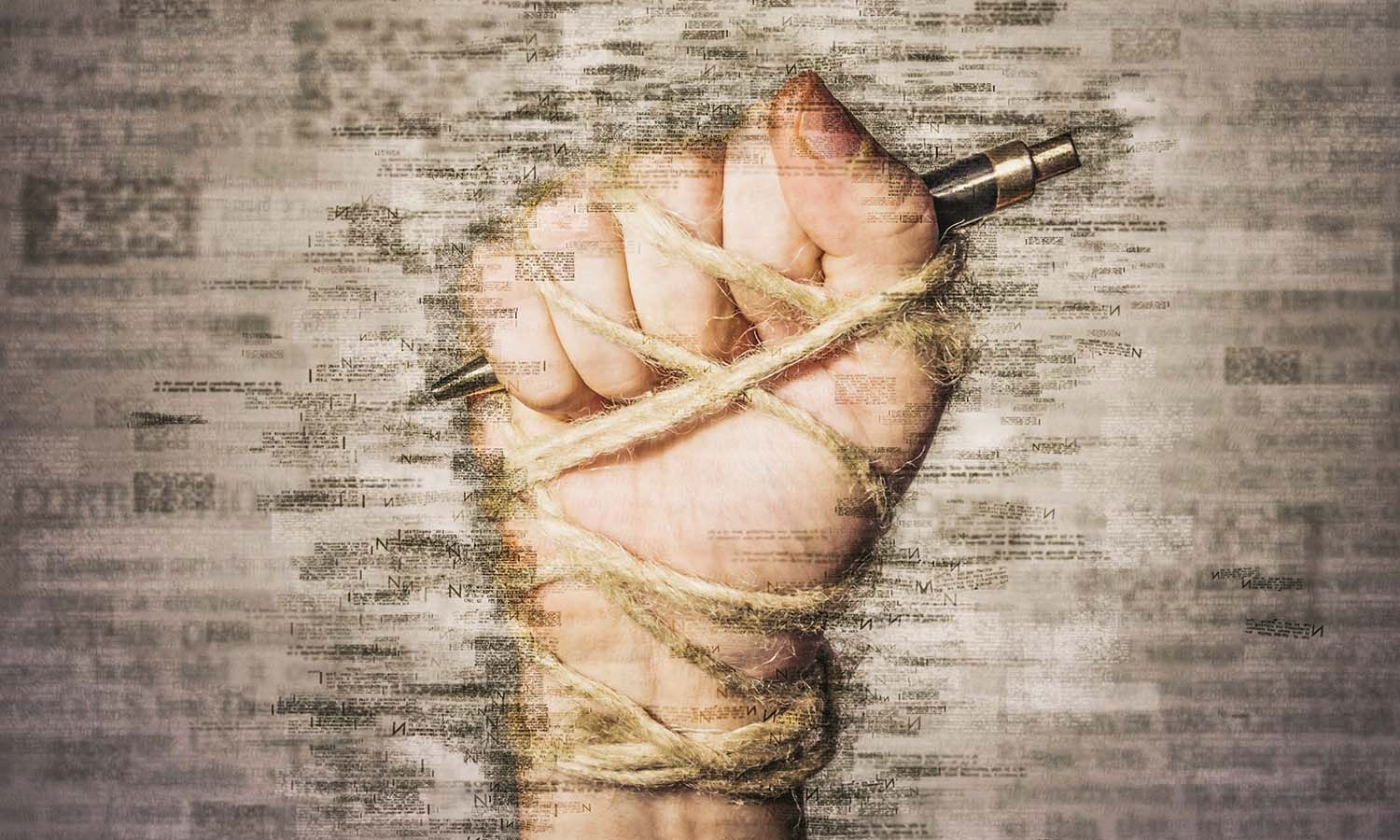Why India Fell From 133 To 142 In The World Press Freedom Index In Five Years
From internet shutdowns to broadcasting misinformation, why India ranks 142 on the World Press Freedom Index

Hyderabad: India's ranking fell from 133 in 2016 to 142 in 2021, of 180 countries, on the World Press Freedom Index that highlights the degree of freedom that journalists, news organisations and netizens have in each country, and the government's efforts to respect such freedom.
The report is put together by Reporters Sans Frontières (RSF), a non-governmental organisation. The index is based on a survey that looks at seven main criteria: pluralism (the degree to which different viewpoints are represented in the media), media independence, environment and self-censorship, legislative framework, transparency in sourcing of information, infrastructure for production of information, and abuses or assaults against journalists in the field. The questionnaire considers the media's legislative framework (including penalties for press offences, the existence of a state monopoly for certain types of media, and how the media are governed) and the level of independence of the media broadcast publicly. It also includes an assessment of violations of the free flow of information on the internet.
RSF staff monitors violence against journalists, netizens and media assistants throughout the year, including abuses attributed to the state, armed militias, clandestine organisations, or pressure groups. A lower score on the study indicates greater press freedom. The questionnaire is sent to RSF's partner organisations, including 18 non-governmental organisations dedicated to freedom of speech on five continents, 150 correspondents worldwide, journalists, researchers, jurists and human rights activists.
India's rank declined from 122 in 2010 to 142 in 2021. However, there have been several changes in the methodology used to construct the index, with the current methodology for the ranking followed since 2016.
We reached out to the government for comment on India's declining ranking on the index and will update the story when we receive a response.
What were the changes in methodology?
RSF has developed a methodology that has evolved over the years. The organisation submitted a questionnaire to around 150 foreign experts in 2010, asking them about 43 key issues.
After 2010, RSF created another questionnaire comprising 83 questions and six criteria: pluralism, independence of the media, environment and self-censorship, legal framework, transparency and infrastructure.
In the 2016 classification, a seventh indicator that refers specifically to the safety of journalists was included: assaults.
Why is India's position so low?
"The unleashing of hatred towards journalists is one of the worst threats to democracies," said RSF secretary-general Christophe Deloire, in a 2018 report.
Journalists in India are being targeted online and on the ground. Those who dare to challenge Prime Minister Narendra Modi's Hindu nationalist ideology on the internet are "branded as 'anti-Indian' scum who must be purged", RSF said in 2019. "In India, hate speech targeting journalists is shared and amplified on social networks, often by troll armies in Prime Minister Narendra Modi's pay," RSF had said in its report in 2018.
Further, "working has been hell for journalists in Kashmir for the past year," said RSF in 2019. "Drastic controls on information, obstructing the dissemination of articles and videos, intimidation by the security forces in the field, every kind of judicial harassment and violation of the confidentiality of sources – the list of press freedom violations by the Indian authorities in Kashmir is unworthy of a democracy."
In addition, internet shutdowns in India have risen--from 31 in 2016 to 89 in 2021--according to an internet shutdown tracker maintained by the Delhi-based Software Freedom Law Center (SFLC), a legal services organisation working to protect digital freedom. While most shutdowns lasted from a few hours to three days, 41 have lasted for over 72 hours. Most of the shutdowns from 2012 to 2019 (301 out of 381) were targeted at mobile internet services alone, IndiaSpend reported in January 2020.
Another problem is the spread of misinformation. India is approaching a period of disinformation where the focus is on emotive factors such as identity and feeling, rather than scientifically verifiable facts, IndiaSpend reported in May 2020.
How does India compare
India's immediate neighbours are not much better off on the Index, with China ranked at 177 of 180, and Pakistan, Bangladesh and Sri Lanka ranked 145, 152 and 127, respectively, in the World Press Freedom Index 2021. Maldives and Nepal are ranked higher, at 72 and 106, respectively, improving from their 2020 ranking of 79 and 112, respectively.
The lowest ranked of 180 countries is Eritrea.
Norway, Finland and Sweden have topped the ranking since 2016. Parliamentarians in Norway have asked the government to publish an annual review of the state of freedom of expression and press freedom in Norway by 2020, and they also passed a new media responsibility law, which outlines journalists' freedoms and responsibilities. Sweden was the world's first country to pass a press freedom statute (in 1766), and remains one of the most media-friendly countries, with a media ombudsman to deal with complaints and ethical issues.
We welcome feedback. Please write to respond@indiaspend.org. We reserve the right to edit responses for language and grammar.


